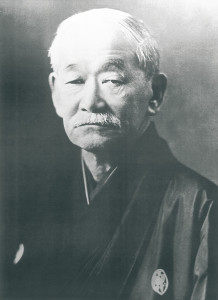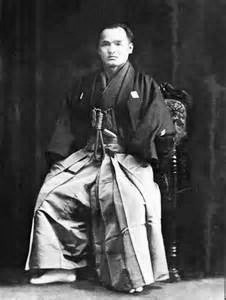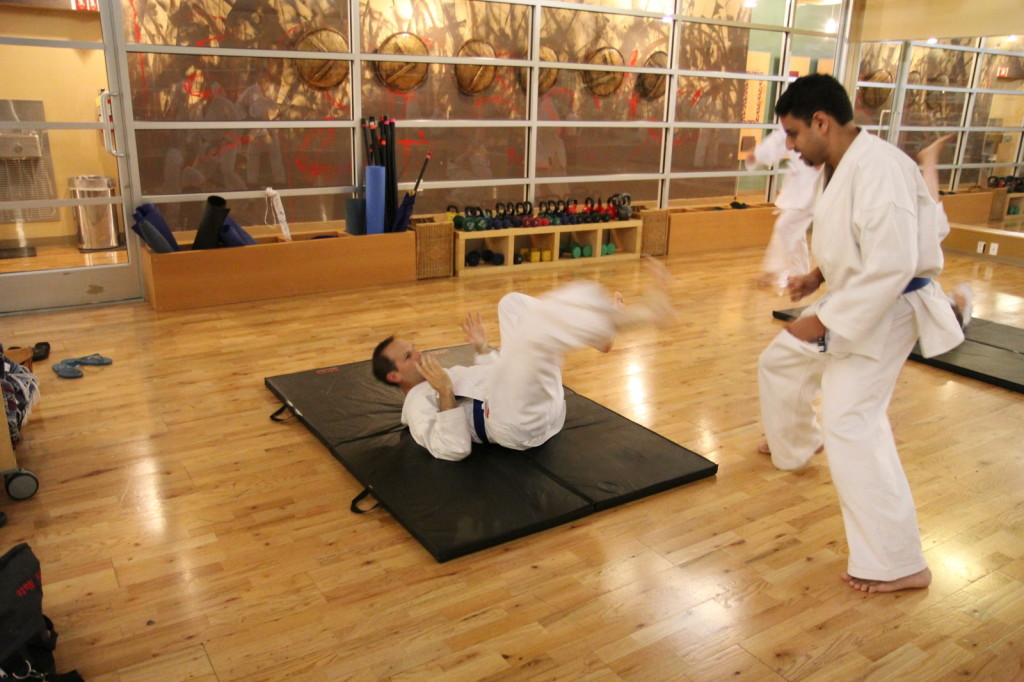The grappling martial arts we practice at Full Potential Martial Arts Academy consist predominantly of Brazilian Jiu-Jitsu — BJJ (also spelled jiujitsu, jujitsu and ji-jitsu), Japanese Jiu-Jitsu, Judo, Aiki-jitsu (Aikido), and Chinese Chin-na. At training, we focus on self-defense applications and lessons of these martial arts.
Jiu-Jitsu

In Japanese, “Ju” means soft, gentle, supple pliable or yielding. Although some today view the arts of Jiu-Jitsu (translated as “gentle art”) and Judo (translates as “gentle way”) to be quite different, they are highly related. Jiu-Jitsu originated among the samurai class of feudal Japan, as an efficient fighting method for neutralizing an opponent using throws, pins and joint locks. A central concept in Jiu-jitsu, as well as many other grappling arts, is the use of the opponent’s force and energy against him or her. By blending into the opponent, the martial artist can redirect the attacker’s energy, rather than meet force with force.
From Jiu-jitsu, in the late 19th century Jigoro Kano, a Renaissance man and educator, developed Judo, and in 1882 founded the Kodokan school (“place for expounding the way”) in Tokyo. At that time, very few martial arts experts existed in Japan. Jigoro Kano, who felt a great devotion for preserving as well as evolving the martial arts, developed the martial arts of Jiu-Jitsu into a martial way (budō or budo) combining martial arts techniques with philosophy for correct living.
Competitions were an important aspect of Judo from its early start. Already in 1899, Kano, chairing a committee of the Dai Nippon Butoku Kai (“Greater Japan Martial Virtue Society”), drafted formal contest rules for Judo. Obviously, addition rules were added in 1964, when Judo became an Olympic sport, and afterwards. Those rules provided a basis for testing skill, while avoiding (although not eliminating) risk of injury to the contestants.
As Judo became popular in Japan, several prominent practitioners carried it to other countries. Brazilian Jiu-Jitsu (BJJ) originated into that country from Mitsuyo Maeda, who taught Carlos Gracie and others in Brazil. Likewise, in Russia, Vasili Oshchpkov, one of the first European Judo black belts under Jigoro Kano, contributed his knowledge to the founders of the Russian martial arts of Sambo.
Judo and Jiu-jitsu became very popular with the rise of Mixed Martial Arts (MMA). In one of the first MMA fights, Royce Gracie, a Brazilian Jiu-Jitsu practitioner, proved to the world that a skillful martial artist, albeit small, can defeat opponent who were much larger than him. The outcomes of many MMA fights today are determined by a submission hold or a choke that originate out of Jiu-Jitsu and Judo. Brazilian Jiu-Jitsu, and its success in MMA gave the art a very high profile.
Chin-Na
Chin-na (also spelled Qinna) is the term used to refer to grappling and throwing techniques in Chinese martial arts. Quite likely, Chin-na predated the Japanese arts of Jiu-Jitsu, Aiki-Jitsu and Aikido. Chin-na techniques include both standing and ground fighting grappling techniques. They rely on muscle and tendon manipulations, on joint locking, and on blood and airway chokes as well as strikes directed at blood vessels and chi (energy) points. We incorporate the study of Chin-na into our practice of the Chinese and Japanese arts.
Aiki-jitsu and Aikido

Aiki-Jitsu, or more properly termed Daitō-ryū Aiki-jūjutsu or Daitō-ryū Jujutsu is a Japanese martial arts that became popular at the beginning of the 20th century, under the stewardship of Takeda Sokaku. Daitō-ryū (Daito-ryu) translates as “Great Eastern School”, to signify the long history of Jiu-Jitsu within the Japanese martial arts going back over 900 years, according to some accounts. According to those sourced, Daito-ryu can be traced to the samurai Shinra Saburō Minamoto no Yoshimitsu, who lived in the 11th and 12th century. According to legend, Yoshimitsu studies corpses from battles, to understand their anatomy for the purpose of learning joint-locking and vital point striking. Aiki literally means Ai — “joining”, Ki — “spirit” or “energy”, i.e., joining spirit or, joining energy. Aiki-Jitsu focuses on early neutralization of an attack, and the use of throwing, joint-locking and choking techniques to subdue and opponent (similar to other styles of Jiu-jitsu). Takeda Sokaku defined the essence of Aiki as: “The secret of Aiki is to overpower the opponent mentally at a glance and to win without fighting.” The best know student of Takeda Sokaku was Morihei Ueshiba, who in the 1920s and 1930 developed Aikido “the way of harmonious spirit”, by synthesizing martial technique with philosophy.
A Practical Approach to Grappling and Ground Fighting
At Full Potential Martial Arts Academy, we take a practical approach to grappling and ground fighting classes. We aim to grow confident martial artists, who feel at home in any environment, inside the dojo, as well as outside the dojo.
As a great “side” benefit, learning proper falling skills will surely be useful in your everyday life, as each of us is likely to slip or stumble sooner or later.

